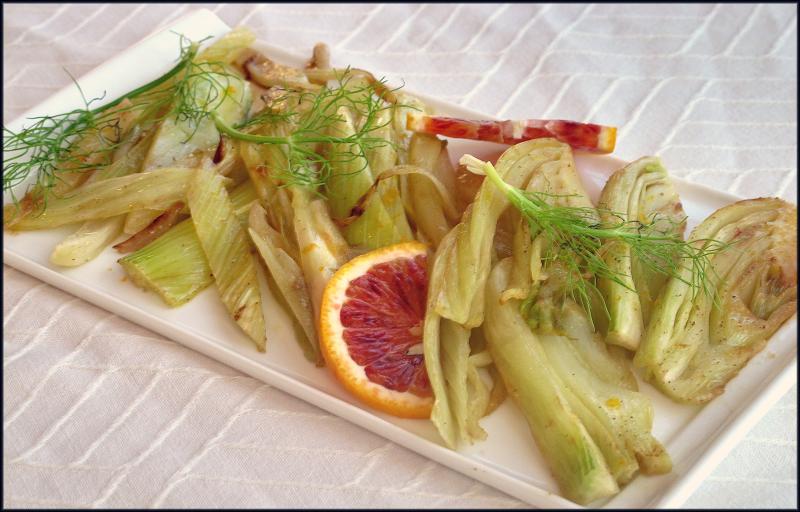
Last week, my friend Debra announced, “I have a present for you.” She told me she was browsing at the Brush Factory, found a slender booklet titled “Odd Vegetable Cookbook” and decided she had to get it for me. As I looked into the author, Sybil Henderson, I learned she self-published a number of these works in the 1960s and 1970s.
In addition to odd vegetables, other topics included fresh mushrooms, exotic fruits, fresh dates, basic fruits, and basic vegetables. She wrote “Sybil’s Guide to Mexican Cookery” and the unusually titled “Lake…Stream…Seafood Cookbook the Western Way.” The most curious subject I found was the “Astrological Party Cookbook” with an odd assembly of dishes on the front cover.
In her opening lines regarding odd vegetables, the author acknowledges that the degree of “oddness” is basically a matter of familiarity, offering the ubiquity of jicama in New Mexican cuisine and its relative absence in New England. She then lists examples of different names used for the same vegetable, such as chayote squash, which is also called vegetable pear, mango squash and mirliton.
As I leafed through the pages, organized in alphabetic order of vegetable names, there seemed to be a major focus on ingredients with “Chinese” as the modifier. For example, there are China peas, Chinese broccoli, Chinese cabbage, Chinese chard, Chinese long beans, Chinese mustard, Chinese okra, Chinese parsley and Chinese turnip. And in the middle of all these is a recipe for tempura.
While some of the author’s approach to classification feels outdated by today’s standards, there’s a fascinating glimpse into the culinary history of less-familiar vegetables. Almost everything in the cookbook is readily available in today’s grocery stores or specialty markets; this was definitely not the case at the time this cookbook was written.
In addition, while many of these “odd” vegetables now appear on restaurant menus and our dinner tables, they were considered “ethnic” ingredients, primarily associated with Chinese and Mexican cuisine, when the cookbook was published. You can also see the influence of the author’s environment: she is living and writing in California, with proximity to these cultural influences and ingredients.
As far as the recipes go, there are not a great deal of imaginative techniques or presentation. Most of the time, her guidance under “Basic Preparation” starts with chopping, followed by boiling. The key exception is her “recipe” for a vegetable flower bouquet made with daikon, black radishes, leeks and onions which are cut into various shapes and stuck on the end of bamboo skewers.
Among the recipes, her simple guacamole is similar to the way I make it. She describes it as “more exciting” because of the addition of cilantro; I would agree. She includes a quick-pickled water chestnut dish seasoned with fresh dill that is similar to a cucumber salad I’ve made. One of the most unusual recipes was for stuffed chayotes, which I’ve only seen served in savory preparations, unlike her sweet custard stuffing.
I was all set to try her recipe for fennel, which she asserts is the same thing as “sweet anise” (it is not). She combines a chopped fennel bulb with garlic, mushrooms and tomato, then boils the mixture for 20 minutes. I opted to take a different approach and assembled the braised fennel with blood orange as seen in the photo. I have to get to the Brush Factory and look for the “Astrological Party” cookbook – thank you, Debra, for this fun find!
Braised Fennel & Blood Orange
2 fennel bulbs
salt & white pepper
1 T olive oil
zest and juice of 1 blood orange
3/4 C vegetable broth
Cut stems from fennel bulbs, reserving some fronds for garnish. Cut the fennel bulb in half lengthwise. Make two angled cuts in the center at the base of the bulb to remove the core; slice each half into wedges. Season with salt and pepper. Heat olive oil in a Dutch oven over medium-high heat. Add fennel wedges and brown on both sides, about 2 minutes on each side. Reduce heat to low; add orange zest, juice and broth. Cook, covered, until fennel is tender, 8 to 10 minutes. Serve with a few reserved fennel fronds sprinkled on top. Yield 4 servings.
Cilantro Guacamole*
2 sliced green onions
1 diced tomato
1 t minced green chili
2 T lemon juice
1 T minced cilantro
2 ripe avocados
Combine all ingredients except avocado in a serving bowl. Allow to marinate for about an hour. Peel, pit and mash the avocados. Add to bowl and stir to combine. Serve immediately. *Adapted from “Odd Vegetable Cookbook” by Sybil Henderson.
Dilly Chestnuts*
1 1/2 C sliced water chestnuts
1/3 C sugar
1 t salt
1 t chopped dill
1/2 C white vinegar
1/4 C water
Place water chestnuts in a glass dish; set aside. Combine remaining ingredients in a small saucepan and bring to a boil. Pour mixture over water chestnuts; cover and refrigerate for at least 4 hours. Serve as a relish. *Adapted from “Odd Vegetable Cookbook” by Sybil Henderson.
Stuffed Chayotes*
6 chayotes
3 C milk
3 beaten egg yolks
6 T sugar
4 T brown sugar
1/4 t cinnamon
3 drops vanilla
Preheat oven to 300 F. Wash chayotes, cook in boiling water until tender and drain. Cut in half lengthwise and scoop out the pulp, leaving shell intact. Drain pulp in a colander and chop. Combine pulp with remaining ingredients, stirring to combine thoroughly. Arrange shells in a single layer on a rimmed baking sheet and fill with pulp mixture. Bake until set and golden, about 40 minutes. *Adapted from “Odd Vegetable Cookbook” by Sybil Henderson.
"vegetable" - Google News
June 11, 2021 at 08:06PM
https://ift.tt/3pLSJFm
Once-odd vegetables are now familiar on area menus - CapeGazette.com
"vegetable" - Google News
https://ift.tt/2CyIOeE
https://ift.tt/3aVzfVV
Bagikan Berita Ini














0 Response to "Once-odd vegetables are now familiar on area menus - CapeGazette.com"
Post a Comment